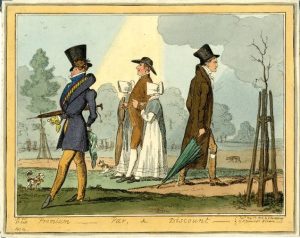
Journeys in Vanished Worlds
Hi, I’m Joanna Hodgkin and also Joanna Hines. Hines is fiction and Hodgkin is non fiction which is where my focus mostly is these days. My two non fiction books, Amateurs in Eden and Tell Me Who I Am (with Alex and Marcus Lewis) will soon have a page each. Two works in progress, Quakers in Love and A Good(ish) Man in Burma already have a page of their own, recent posts shown below. Why two books in progress? Good question.
Amateurs in Eden started me on non fiction. But there were questions left unanswered when the book was finished. The principle one concerned the mysterious relative who left her all his money on his deathbed, thus funding some of the Durrells’ years in Paris and Corfu. Who was he and why did he do something so arbitrary – and cruel to his wife and children?
I’d been interested in Harold Fielding Hall for a long time. His story seemed to mirror that of a distant relative on my father’s side, Thomas Hodgkin, the medical pioneer, and his decades long love for his cousin, Sarah Godlee Rickman. I thought the stories would work well together: both concerned people of complex and interesting faith, mysterious women who needed to step out from the shadows, love affairs that ended in tragedy. Many thousands of words later, I realised that each one stood alone and needed its own book. Each one revealed fascinating pockets of experience that have been too little explored.
While I was wrestling with the avalanche of material thrown up by these explorations, a more experienced writer of non fiction told me that only 5-10% of what I was learning would make it into the final edit. The short blogs on these pages are mostly bits of the 90% that didn’t make the final cut, or reflections on some aspects of the two books. Only one post (for Amateurs) is an extract.
There are still questions – see ‘Missing, One Daughter’, and ‘Last Rites, Lasting Wrongs’ – always I am haunted by the certainty that no matter how much I’ve found, that crucial letter, image, diary entry is out there somewhere, just waiting to be discovered.
So do get in touch, with queries, answers, comments using the contact form.






